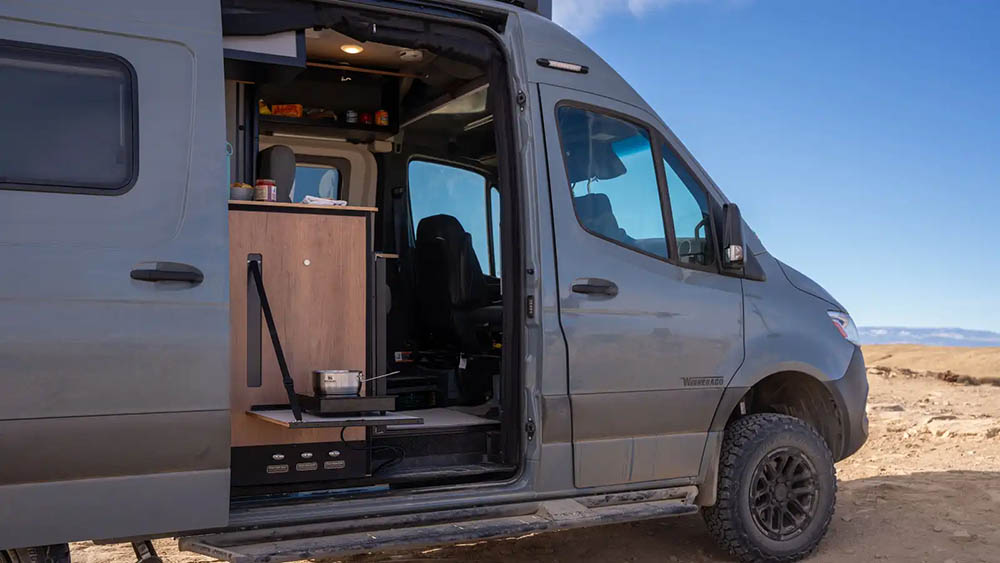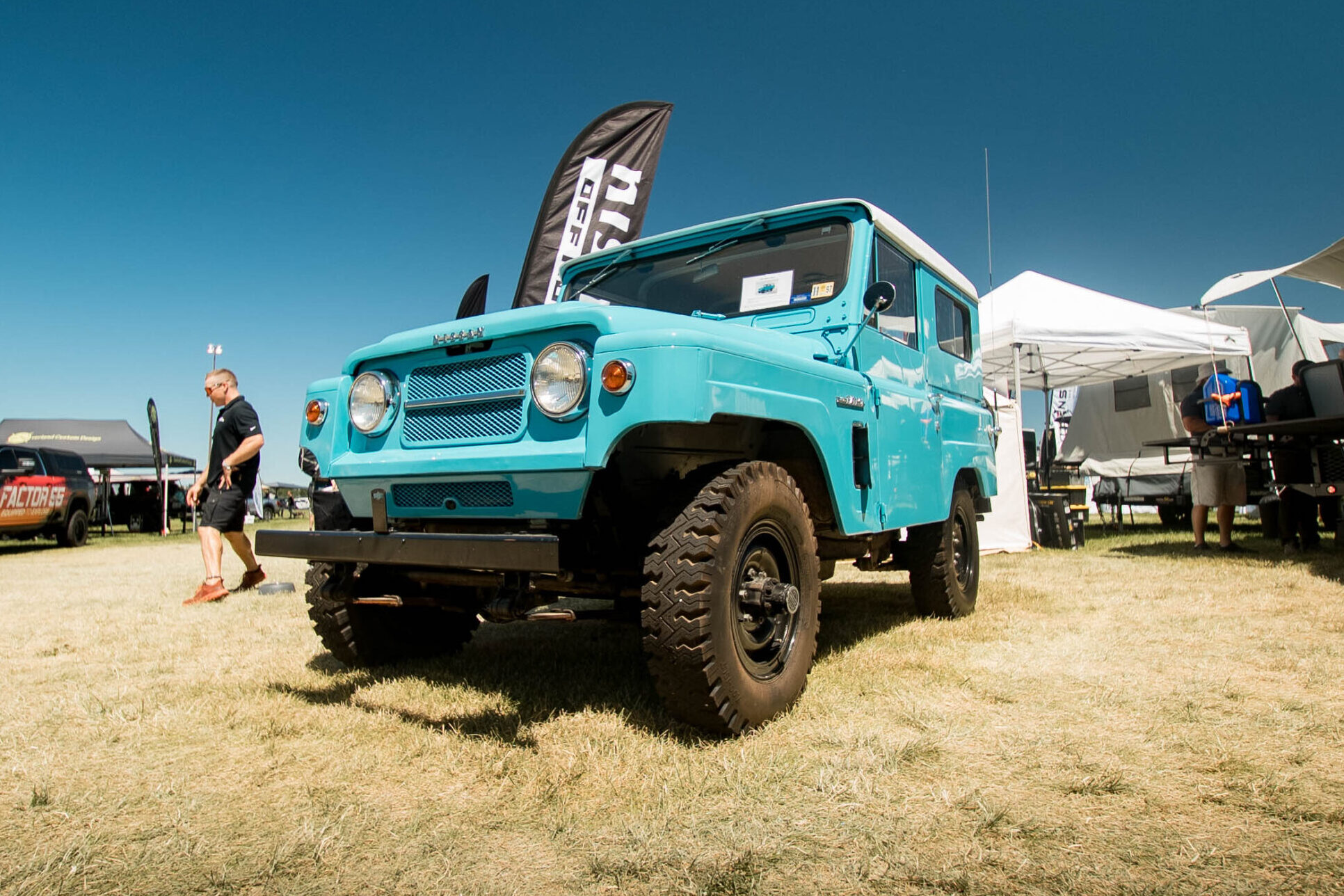Overlanders cook up some impressive van-based rigs of their own design, but for some with wanderlust in their hearts, just writing a check and putting a key in the ignition of a turn-key adventure machine is the quickest way to start having fun. Since 2017, Winnebago has cashed a lot of checks written to acquire the Revel campervan, a standout overlander that just needs some gas, groceries, and GPS to get the adventuring started.

After a light reskin in 2021, Winnebago has given the Revel a more thorough update for 2025, and while the changes aren’t major, they are focused on a benchmark goal: Off-grid, off-highway stays lasting up to a week with no need to retreat back to civilization.
To that end, Winnebago made some important changes to the Revel, not the least of which is the ability to carry more electrical power for our many technological must-haves. Also upgraded: Water storage capacity. Lastly, the 2025 Revel will roll on the upgraded 2024 Merced-Benz “144” 4×4 Sprinter chassis, which measures a smidge under 20 feet long tip to tail and gets power from the proven 211-horsepower 2.0-liter turbo-diesel four working through a nine-speed gearbox. Towing weight is 5,000 pounds max, and “performance wheels” wearing BF Goodrich T/A K02 tires are an option. A full suite of tech nannies and adaptive cruise control are standard.
READ MORE: Gear Showcase: February 2024
The 2025 Revel’s internal battery bank doubles up to 8.4kWh pack and gets fed by a 220-Watt rooftop solar array, but for a week’s worth of electrons, buyers will need to option a second battery for a total of 16.8kWh of storage. The juice is managed by a new power control system called Winnebago Max that incorporates the EcoFlow Power Hub Pro found on the Solis Pocket 36B sister ship. Water storage also nearly doubles to 35 gallons/132 liters, thanks to a reshaped storage tank. The grey water tank grows to 21 gallons, while the cassette toilet holds five gallons of ickiness.

Photo by Winnebago

Photo by Winnebago

Photo by Winnebago

Photo by Winnebago

Photo by Winnebago

Photo by Winnebago
A new roof rack with dual banks of built-in LEDs shores up the top section, and tubular running boards ward off errant foliage to the side. A 9.5-foot awning is standard. A rooftop air conditioner is optional, while a split-zone hydronic heater is standard, but if you do opt for the A/C, a new thermal curtain splits the interior into zones from the front of the bed forward to maximize efficiency. The bed is still a motorized wonder that snugs to the ceiling for maximum garage space while in motion. The garage area now features six L-tracks instead of D-rings for simplified securing of cargo.
Some interior tweaks include an improved kitchen set up for indoor/outdoor use of the induction cooktop, a simplified door system on the wet bathroom that now also includes a mirror, and improved passenger seats that individually recline. Instead of a leg-room robbing post-mount, the dining room table now folds down into place from the wall.
All of the improvements come at a price, of course, which pencils out to $245,000 and change – a bump of over $20,000 from the old model. Add a fair bit more if you go with the second battery, A/C, and other bits from the options list.


